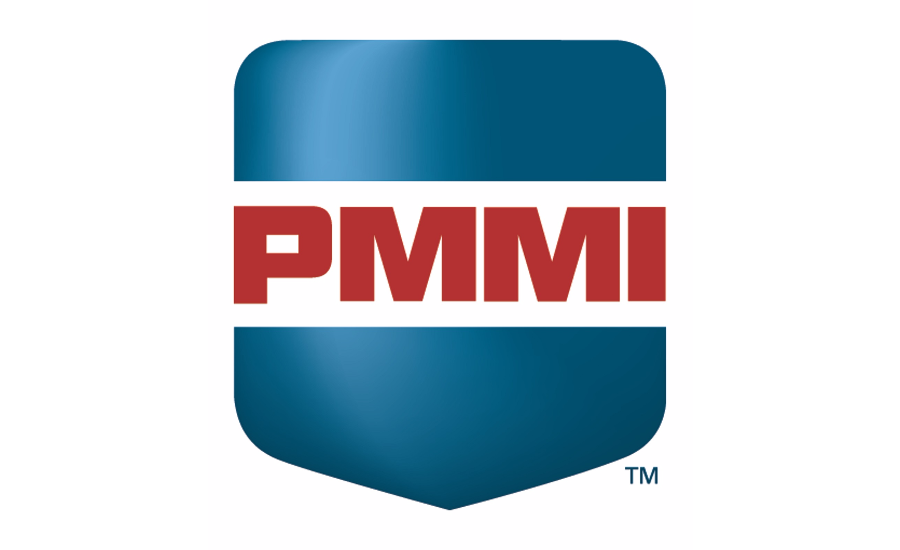Packaging
New package printing technology helps brands go greener
Eco-friendly substrates, inks, and digital printing techniques help meet sustainability goals

"Sustainability" is more than just a buzzword; it has become a significant factor in almost all elements of production—including the way manufacturers print onto packaging materials. As consumers continue to demand greater variety on retail shelves, especially when it comes to sustainable, premium and convenience choices, manufacturers are forced to examine their own processes to keep pace with demand and extract every last second of productivity.
In order to achieve this, investment in ever-more efficient capital equipment is increasing. The world market for packaging machinery is projected to grow from an estimated value in 2016 of $36.8 billion to $42.2 billion in 2021, according to the 2018 Global Trends Impacting the Market for Packaging Machinery Report by PMMI, The Association for Packaging and Processing Technologies. Labeling, decorating and coding machinery, vertical form/fill/seal machinery and horizontal form/fill/seal machinery markets are forecast to have the highest growth rates from 2016 to 2021, with compound annual growth rates of 3.0 percent, 3.1 percent and 3.2 percent, respectively.
Package printing technology lands at the top of this list, most likely because of the range of benefits it offers manufacturers, who continuously seek new methods for cutting costs and becoming more environmentally friendly. New at the PMMI-produced PACK EXPO International 2018 (Oct. 14-17; McCormick Place, Chicago), the inaugural PACKage Printing Pavilion (located in the South Building at McCormick Place) will display innovations in sustainable printing technologies and their myriad applications across various markets.
Shifting substrates
Packaging substrates can come with their own set of challenges for printing operations pushing sustainability initiatives. For example, when coding with laser marking systems, certain recycled materials may not react in the same way as standard format materials. Eco-friendly PET bottles, for instance, have thinner walls than standard PET bottles. Any laser marking system interacting with this thinner PET will have to be calibrated to ensure that beams do not penetrate package surfaces.
Wood fiber or paper pulp packaging formats can generate their own set of challenges for both inkjet and laser marking machines. Ink, for example, has the potential to bleed into the fibers of the substrate, resulting in a substandard outcome, whereas laser coders could easily burn through the fiber. To avoid potential issues that can arise when working with these materials, manufacturers must consult expert suppliers and conduct extensive testing.
In addition, the market for flexible packaging is growing quickly and at the expense of rigid packaging, such as cartons and bottles. Due to the lower cost of flexible packaging, growth is stronger in developing regions, where disposable income is lower compared to more developed regions. The ability of flexible packaging to be transported at lower costs than more traditional formats also bolsters its sustainable credentials. Manufacturers have a number of options for printing on flexible packaging that enhance flexibility to react quickly to market needs, both in terms of supply and in executing tactical marketing campaigns—one of which is digital technology.
Digital printing
Central to the shift toward more sustainable printing techniques is the development of digital printing, which lends itself to diverse runs and can impact operations on a significant level. The ability to print digitally on both primary and secondary packaging allows for greater customization and advertising without the need for holding huge amounts of packaging stock for a large variety of products or SKUs.
As a result of digital advancements, brands now have the ability to use artwork to tailor messaging to a particular market, demographic, theme or event—for example, to highlight an anniversary, milestone or achievement. Digital printing is designed to handle these kinds of unpredictable package needs quickly and efficiently. One day after an award presentation, custom printing could be put in place to flood the marketplace with promotional messaging. With new digital technology, brands can produce a customized box with printed promotions without having to invest in making 300,000 units, for example, enhancing a brand’s presence without risking much waste.
Digital printing also allows for enhanced customization options for primary packaging. With conventional methods, if brands committed to one label and its associated printing resources when targeting very specific areas, they are basically placing a bet that the product will succeed. If incorrect, brand owners are stuck with dumpsters full of discarded excess packaging. Digital printing reduces or possibly eliminates that risk.
Digital printing also provides the flexibility to customize packaging for different times of the year or holidays—Christmas, Ramadan, Easter or Hanukkah, for example. Again, the ability to print digitally means that no separate SKUs of packaging need to be stocked for specific runs. This cuts down storage costs and drives efficiencies, with more straightforward changeovers possible as the packaging remains the same.
Laser technology
Laser die-cutting has also presented itself as a viable option for customizable packaging. This method creates unique cutouts that can be changed and adapted without the need to replace physical dies—cutting down changeover times and optimizing efficiency. The opportunity to change die patterns quickly without needing to complete large runs offers great value and means brands can produce highly customized packaging at the exact volumes they require.
Laser marking technology also allows manufacturers to create packaging that is truly customized—down to names, if required. While this is possible with inkjet technology, laser marking achieves the same goal at greater production speeds and offers the opportunity for wide solution sets in the market.
Appealing to consumers is an ever more complex challenge. A uniquely customized product can provide just the edge required to catch a consumer’s eye on the shelf. It is said that if you can hold the attention of a consumer for seven seconds, then the chance of purchase increases exponentially. Therefore, the more customization a product offers, the higher the likelihood of capturing the customer within this short timeframe.
Inks and fluids
Where inks and fluids are concerned, there have been rapid developments in the movement to remove chemicals from formulas, particularly within water-based inks. The ability to promote inks and fluids as a contributor to sustainability efforts can bolster the overall green credentials of a product. Yet, simply choosing an eco-friendly ink is not the whole solution. It is crucial to ensure that the inks used are 100 percent compatible with the selected packaging substrate and can withstand elements encountered along the supply chain. Removing critical ingredient or allergen information, for example, could risk consumer health and result in a recall, risking a brand’s reputation.
Eco-friendly materials such as vegetable oil-based inks or water-based inks, which can be used in conjunction with digital printing technologies, are becoming more popular. These inks dry quickly and deliver high-quality printing while also minimizing the release of volatile organic compounds (VOCs) associated with traditional solvent-based inks. UV inks offer similar benefits in that they “cure” at rapid rates and release minimal VOCs, and also allow for high-quality direct digital printing on glass or PET bottles.
By pairing eco-friendly substrates and inks and by implementing more efficient technologies, manufacturers can assist brands in offering products that reflect greener production. As the demand for environmentally conscious products grows, brands will continue to rely on advances in package printing to showcase a commitment to reducing their carbon footprint.
See the growth of sustainable printing solutions at PACK EXPO International
Manufacturers can find the latest innovations in sustainable package printing technologies at PACK EXPO International 2018. At the show 50,000 attendees will gain insight on the newest packaging and processing designs and technologies from 2,500 exhibitors. In addition to the PACKage Printing Pavilion, the show will feature The Containers and Materials Pavilion (in the Upper North Building) and The Reusable Packaging Pavilion (in the Upper Lakeside Center), which will display advancements in flexible, resealable and sustainable packaging.
To register and learn more, visit packexpointernational.com.
Looking for a reprint of this article?
From high-res PDFs to custom plaques, order your copy today!








